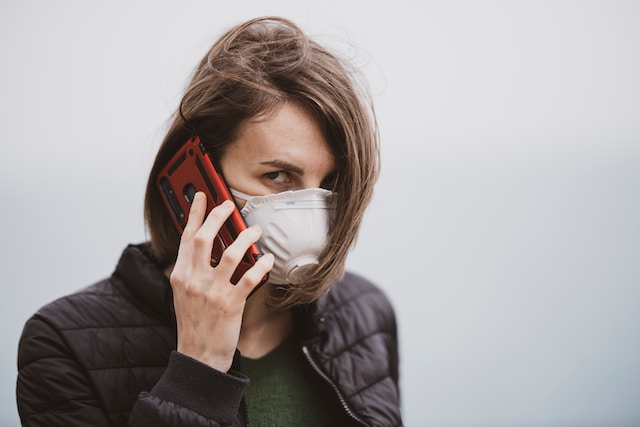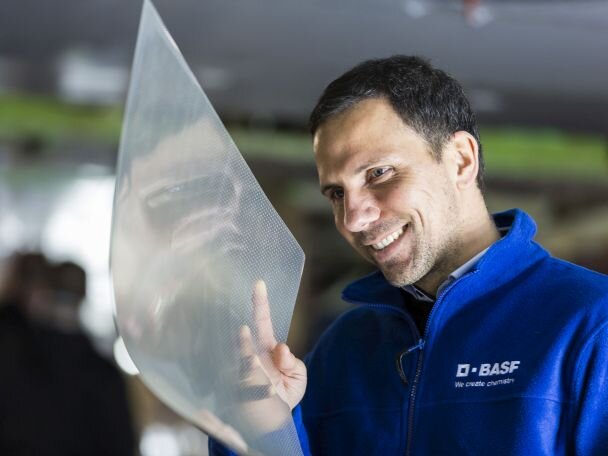Smartphones have come a long way since they were first introduced. From making calls and sending text messages, your smartphone can now be your personal thermometer.
Imagine monitoring your body temperature with just a touch of your smartphone’s screen. Researchers at the University of Washington have brought this visionary capacity into real life with the development of FeverPhone, a revolutionary app that harnesses the potential of existing phone sensors to estimate core body temperatures.
So how does FeverPhone work? The app uses the smartphone’s touch screen and battery temperature sensors to gather data that feeds into a machine-learning model. This data enables FeverPhone to estimate individuals’ core body temperatures accurately.
During extensive testing at an emergency department, the app demonstrated an impressive level of accuracy comparable to some consumer thermometers. With FeverPhone, users can now conveniently self-diagnose fevers, transforming their smartphones into personal thermometers with ease.
Moreover, FeverPhone holds tremendous potential in public health settings. By enabling public health authorities to track fever trends more efficiently, it could be instrumental in the early detection and containment of infectious diseases.
Currently designed for use with three different phone models, the researchers are working to adapt the app to accommodate other smartphones. This would make this innovative technology more accessible to users across various platforms. The researchers are already exploring the possibilities of a FeverPhone version compatible with smartwatches.
The app is currently in its early stages. While more data training is required for widespread adoption, medical professionals are excited about its potential. Doctors recognize the invaluable role FeverPhone could play in empowering patients to take charge of their health proactively.
As technology continues to merge with healthcare, FeverPhone stands at the forefront of a new era of mobile health solutions. It not only empowers individuals with crucial health insights but also has the potential to transform public health practices. This technology has the potential to help people stay healthier.







